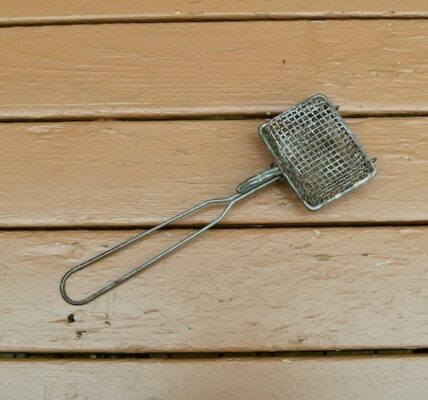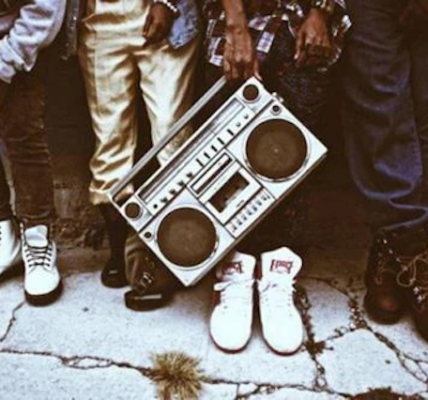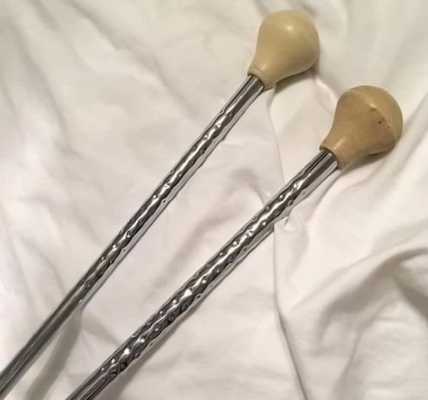Recognize This? If You’re of a Certain Age, It Might Ring a Bell, But Do You Know the Intriguing History and Stories Behind It?-s1
The washboard—a simple, unassuming tool that has left a profound mark on history, from its humble beginnings in the laundry rooms of the 19th century to its surprising role in musical traditions. This vintage object, often found tucked away in the corners of attics or proudly displayed in antique shops, represents a bygone era of manual labor and ingenuity. Let’s explore the fascinating journey of the washboard, celebrating its enduring legacy as a symbol of resilience, tradition, and innovation.

The Humble Beginnings of the Washboard
Originating in the 1830s, the washboard was a revolutionary invention for its time, designed to ease the labor-intensive process of hand-washing clothes. Before its creation, laundry day was a grueling task involving stones and manual scrubbing that often left hands raw and garments barely clean. The washboard introduced a new era of efficiency, with its grooved, metal or glass surface providing the perfect tool for agitating dirt out of fabric.
The Science of Simplicity: How the Washboard Works
At its core, the washboard is a masterpiece of simplicity. Its design consists of a flat board with a series of ridges against which clothes are scrubbed. The secret to its effectiveness lies in these ridges, which create friction to help lift dirt from the fabric. Users would typically lather the clothes with soap before using the washboard to scrub the fabric clean, a method that proved far more effective than previous laundry techniques.
Beyond Laundry: The Washboard in Music and Culture
Perhaps one of the most unexpected twists in the story of the washboard is its adaptation into a musical instrument. In the early 20th century, particularly within the folk and blues scenes of the southern United States, the washboard transcended its utilitarian origins to become a staple of rhythmic music. Musicians would use thimbles or spoons to scrape the ridged metal, producing a distinctive percussive sound that complemented the acoustic melodies of guitars and banjos.

Washboard Memories: Nostalgia and Community
For many, the washboard evokes memories of community and family. It was not uncommon for entire families to participate in wash day, a communal effort that involved boiling water, scrubbing clothes, and sharing stories. This shared experience, while arduous, helped strengthen bonds and create lasting memories, making the washboard a symbol of familial resilience and cooperation.

The Legacy of the Washboard: From Utility to Icon
Today, the washboard stands as a cultural icon, representing an era of manual labor and ingenuity. While no longer a necessity in the age of electric washing machines, it remains a cherished item among collectors and history enthusiasts. Furthermore, its influence in music continues to resonate, celebrating the creative spirit that can transform even the most mundane objects into sources of artistic expression.

The washboard, with its simple design and multifaceted history, is more than just an antique; it’s a testament to human resourcefulness and the capacity to find beauty and utility in the most unexpected places. As we reflect on the impact of this modest tool, we are reminded of the enduring qualities of innovation and tradition that continue to shape our cultural heritage.




